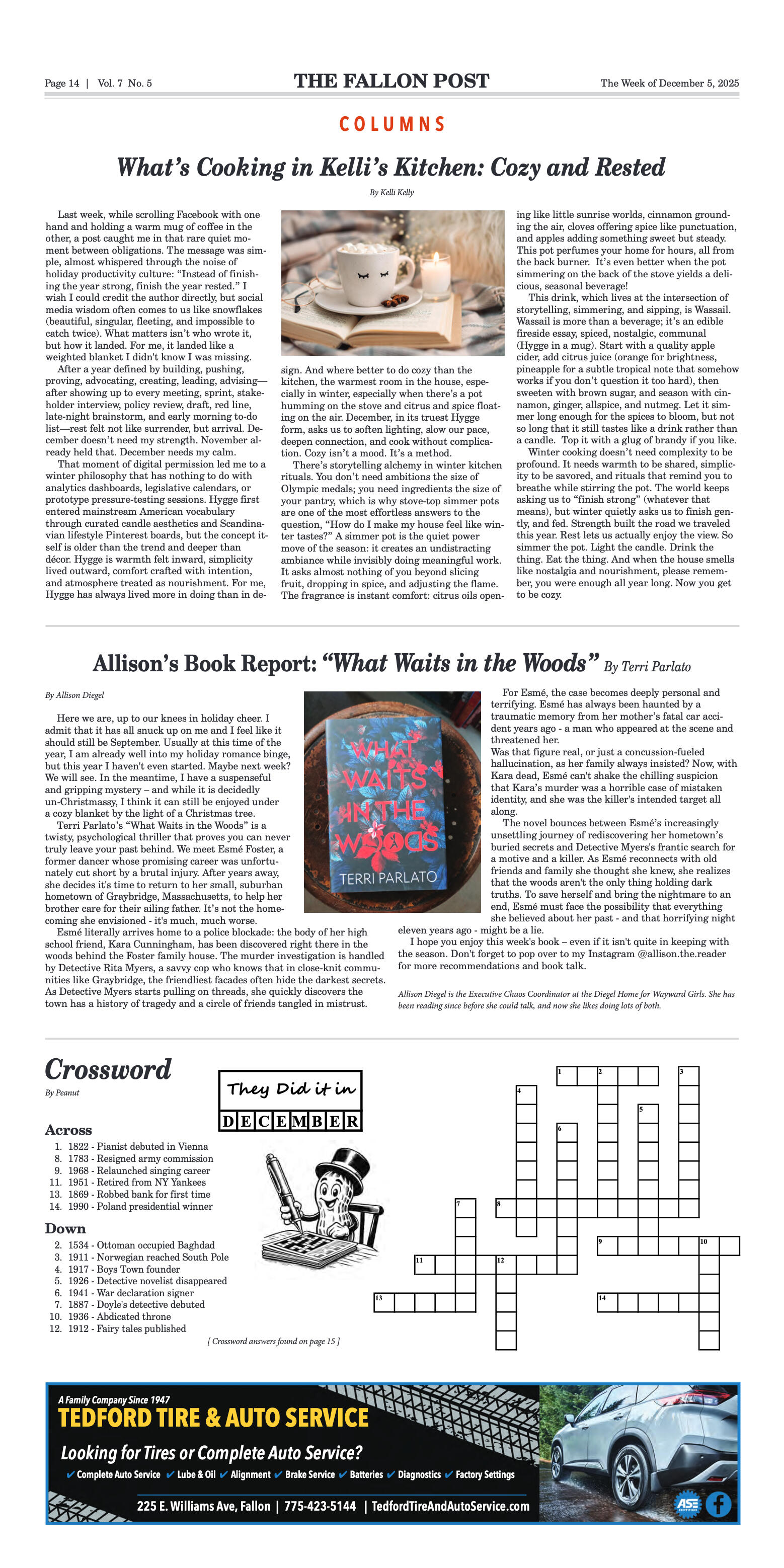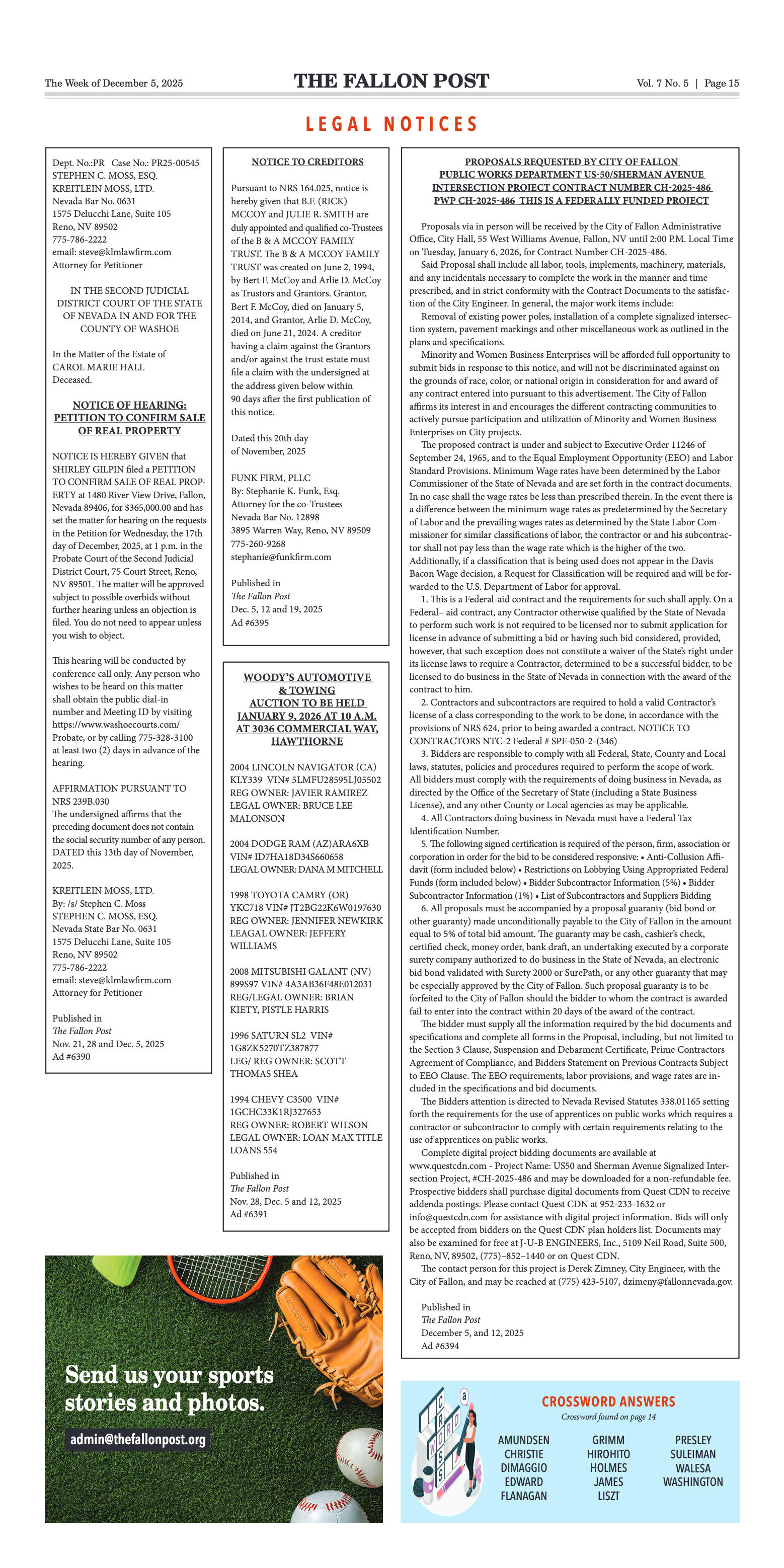We are 100% omnivorous in the Kelly household, and we regularly include animal protein as the “main ingredient” in many of our meals. However, we’ve started integrating more plant-based meals into our weekly menu. Plants are packed with the sorts of things our bodies need to be healthy—vitamins, minerals, phytochemicals, and antioxidants. Eating more plants helps boost our immune system, reduce inflammation, support healthy digestion, and lower our risk for cancer.
Studies have found that a plant-based diet can decrease the risk for type 2 diabetes by 30% and reduce total cholesterol by 15–30%. While I enjoy a nice mid-rare ribeye occasionally, it feels like a no-brainer to integrate more plant-based whole foods into our diet!
One of my favorite combinations of plants is the nutritionally bountiful duo of grains and legumes. When you combine a grain (rice, oats, barley, wheat, corn) with a legume (chickpeas, lentils, beans, peas), you form a complete protein with an ample supply of all nine essential amino acids. Your plant-based dish becomes even more of a powerhouse when you choose whole over refined grains.
Whole grains are the seeds of cereal grasses or pseudocereals like amaranth, buckwheat, and quinoa. A whole-grain kernel has three parts: the bran, endosperm, and germ. The bran is a hard outer shell and contains fiber, minerals, and antioxidants. The endosperm is the middle layer and is mostly made of carbohydrates. The germ, at the center, contains vitamins, minerals, protein, and plant compounds.
Whole grains can be cracked, crushed, and rolled—as long as all three components of the grain are present, they are considered “whole.” Unfortunately, most of the American diet is based on refined grains that have the germ and bran removed, leaving only the endosperm. Over the decades, food manufacturers have prioritized shelf stability over nutrient density, resulting in the modern grocery experience—thousands of products that last for years but contribute to our national epidemics of obesity, diabetes, heart disease, and stroke.
Eating more plants can be fun, easy, and delicious. Here are some recipes to help you get started!
Red Curry Lentils
Ingredients
3 T olive oil
2 medium sweet potatoes, peeled and cut into 1” cubes
1 yellow onion, chopped
3 T Thai red curry paste
3 garlic cloves, minced
1” piece of ginger, peeled and grated
1 serrano chile, seeded and minced
1 t ground turmeric
1 c red lentils, rinsed
4 c white stock (vegetable or chicken)
2 t kosher salt, plus more to taste
1 can full-fat coconut milk
1 bag baby spinach
½ lime, juiced
Cilantro, for garnish
Directions
- In a heavy-bottomed pot, heat 2 T olive oil over medium-high heat. Add sweet potatoes and cook, stirring occasionally, until browned all over (5–7 minutes). Transfer to a bowl and set aside.
- Add 1 T olive oil to the pot and reduce heat to medium-low. Add onion and cook, stirring occasionally, until translucent (4–6 minutes). Add curry paste, garlic, ginger, chile, and turmeric. Cook 1–2 minutes more.
- Add lentils, stock, salt, and sweet potatoes. Bring to a boil over high heat, then reduce heat and simmer uncovered for 20–25 minutes, stirring occasionally.
- Add coconut milk and simmer another 15 minutes. Stir in spinach until just wilted. Turn off heat, stir in lime juice, and season to taste with salt. Serve over brown rice, garnished with cilantro.
Chickpea and Barley Stew
Ingredients
3 T extra virgin olive oil
2 leeks, white and green parts diced
1 bunch cilantro, leaves and stems separated
1 fennel bulb, finely diced
3 cloves garlic, minced
2 T garam masala
1 cinnamon stick
2 T tomato paste
4 c white stock (chicken or veggie)
½ c pearled barley
Kosher salt to taste
Pinch of saffron, crumbled (optional)
1 can chickpeas, drained
1 small butternut squash, peeled, seeded, and diced
1 medium turnip, peeled and diced
½ c lentils
Plain yogurt and hot paprika, for serving
Directions
- In a large pot, heat oil over medium and sauté leeks until they begin to brown (about 10 minutes).
- Finely chop cilantro stems and add to the pot with fennel and garlic. Cook for a few minutes. Add garam masala, cinnamon stick, and tomato paste. Cook until paste starts to darken (2 minutes).
- Add stock, 1 c water, barley, and 2 t salt. Bring to a boil, then reduce to a simmer. Add saffron if using. Simmer uncovered for about 40 minutes.
- Stir in chickpeas, squash, turnip, and lentils. Cook 20–30 minutes more, until barley is tender. Season to taste and remove cinnamon stick.
- Serve in bowls with a dollop of yogurt, a drizzle of olive oil, and a sprinkle of cilantro leaves and hot paprika.













































Comment
Comments